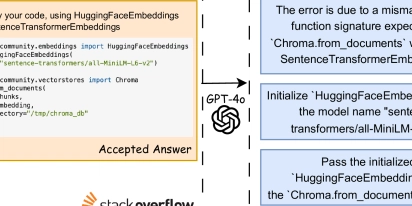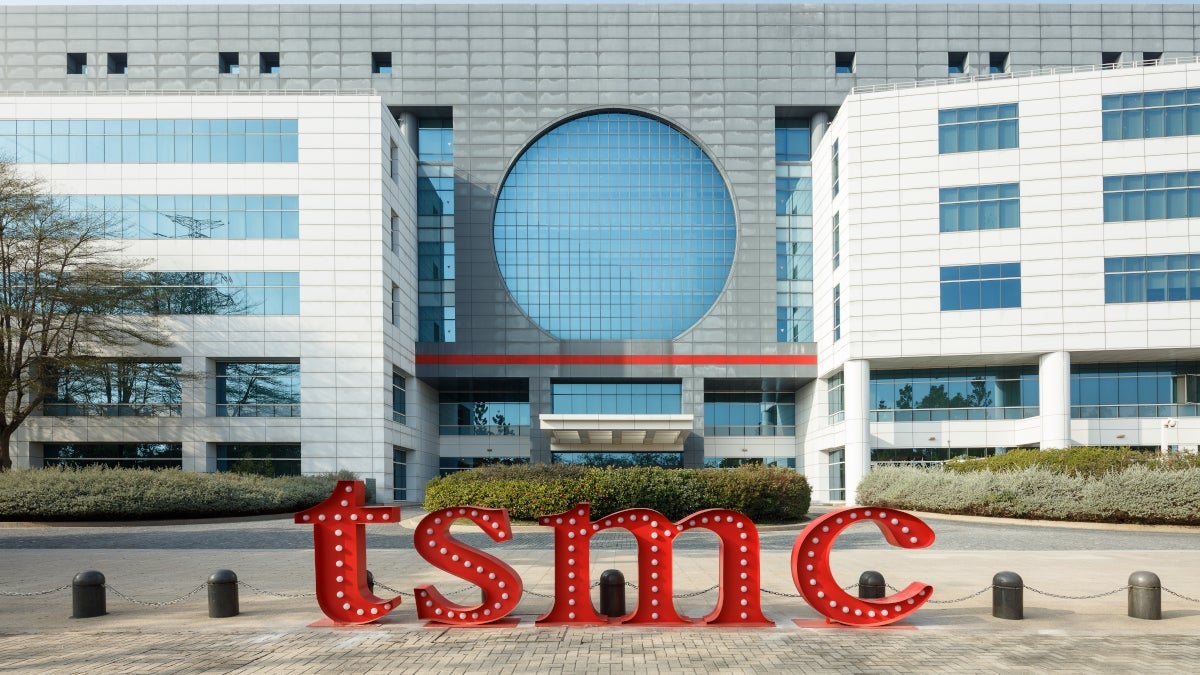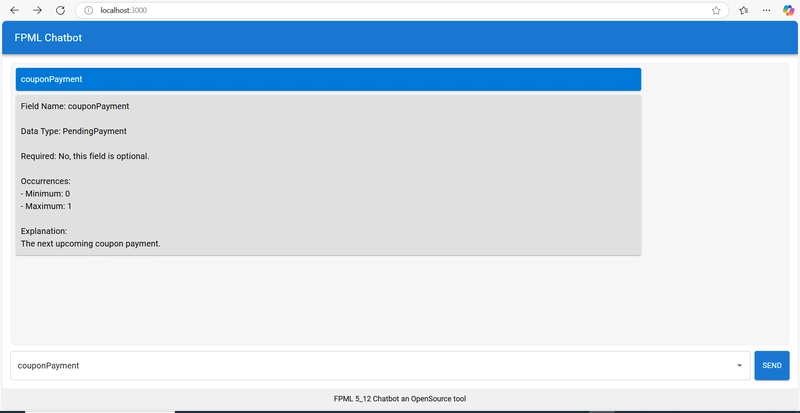Serverless Architecture
Serverless: It's Not 'No Server'! You’ve probably come across the term before—Serverless. But don’t let the name mislead you. While it sounds like there are no servers involved, that’s not exactly true. Serverless doesn’t mean servers don’t exist—it means you, the developer, don’t need to manage them. Servers are very much a part of the process. Your application code still needs to run somewhere, and that “somewhere” is a server. There’s no magic that makes code run out of thin air. The real advantage of Serverless is that it takes the burden of server management off your shoulders. You don’t have to set up, maintain, or deploy servers. Instead, you get to focus entirely on writing your application logic, while the infrastructure is handled for you in the background. Difference between Serverless and Non-Serverless Imagine you're working as a backend developer. A large part of your job is building APIs — whether it’s RESTful or GraphQL-based. You’ll typically write code that handles backend logic. This code could be written using any language or framework: Node.js, Python, Java, Spring Boot, Golang — whatever suits the project. But once you’re done writing your code, it has to run somewhere — and that somewhere is a backend server. In a traditional (non-serverless) setup, you're responsible for setting up that server, deploying your code to it, and keeping it running. The server is something you have to manage directly. Let’s take an example of Amazon and understand. Let me tell you this beforehand so that you won’t get confused, Serverless isn’t related to Amazon AWS or anything. It can be in any cloud provider. Microsoft also provides, Azure! For this example, we are taking AWS. Let’s take AWS and spin a server inside it. In terms of AWS, we call it EC2. EC2 might sound scary to you right now but it’s just a service which provide virtual machine. Now we have to configure this virtual machine. So let’s say, I figured out that my website doesn’t have much traffic as of now so I’ll be taking 2GB RAM with 500GB Storage. Now will spin up the machine with the desired configuration which will execute our code in this particular machine. Do you see any problem in this process? NO right! What’s happening here is, that there is a server in this case and I am responsible for managing the server. By managing the server I mean, how much RAM and storage has to be fed to the server, all of this is managed by me. One more thing to notice here is that the charges here are based on per hour. Assume Amazon is charging 0.02$ per hour. Thus, this machine will run 24 hours a day and 24 x 30 x 0.02 is my monthly cost.

Serverless: It's Not 'No Server'!
You’ve probably come across the term before—Serverless. But don’t let the name mislead you. While it sounds like there are no servers involved, that’s not exactly true.
Serverless doesn’t mean servers don’t exist—it means you, the developer, don’t need to manage them.
Servers are very much a part of the process. Your application code still needs to run somewhere, and that “somewhere” is a server. There’s no magic that makes code run out of thin air.
The real advantage of Serverless is that it takes the burden of server management off your shoulders.
You don’t have to set up, maintain, or deploy servers. Instead, you get to focus entirely on writing your application logic, while the infrastructure is handled for you in the background.
Difference between Serverless and Non-Serverless
Imagine you're working as a backend developer. A large part of your job is building APIs — whether it’s RESTful or GraphQL-based.
You’ll typically write code that handles backend logic. This code could be written using any language or framework: Node.js, Python, Java, Spring Boot, Golang — whatever suits the project.
But once you’re done writing your code, it has to run somewhere — and that somewhere is a backend server.
In a traditional (non-serverless) setup, you're responsible for setting up that server, deploying your code to it, and keeping it running. The server is something you have to manage directly.
Let’s take an example of Amazon and understand.
Let me tell you this beforehand so that you won’t get confused, Serverless isn’t related to Amazon AWS or anything. It can be in any cloud provider. Microsoft also provides, Azure! For this example, we are taking AWS.
Let’s take AWS and spin a server inside it. In terms of AWS, we call it EC2. EC2 might sound scary to you right now but it’s just a service which provide virtual machine. Now we have to configure this virtual machine.
So let’s say, I figured out that my website doesn’t have much traffic as of now so I’ll be taking 2GB RAM with 500GB Storage.
Now will spin up the machine with the desired configuration which will execute our code in this particular machine.
Do you see any problem in this process? NO right!
What’s happening here is, that there is a server in this case and I am responsible for managing the server.
By managing the server I mean, how much RAM and storage has to be fed to the server, all of this is managed by me.
One more thing to notice here is that the charges here are based on per hour.
Assume Amazon is charging 0.02$ per hour. Thus, this machine will run 24 hours a day and 24 x 30 x 0.02 is my monthly cost.











































































































































































![[The AI Show Episode 144]: ChatGPT’s New Memory, Shopify CEO’s Leaked “AI First” Memo, Google Cloud Next Releases, o3 and o4-mini Coming Soon & Llama 4’s Rocky Launch](https://www.marketingaiinstitute.com/hubfs/ep%20144%20cover.png)

































































































































![[DEALS] Sterling Stock Picker: Lifetime Subscription (85% off) & Other Deals Up To 98% Off – Offers End Soon!](https://www.javacodegeeks.com/wp-content/uploads/2012/12/jcg-logo.jpg)










































































































.jpg?#)






















































































































































![Apple to Shift Robotics Unit From AI Division to Hardware Engineering [Report]](https://www.iclarified.com/images/news/97128/97128/97128-640.jpg)

![Apple Shares New Ad for iPhone 16: 'Trust Issues' [Video]](https://www.iclarified.com/images/news/97125/97125/97125-640.jpg)




































































































































